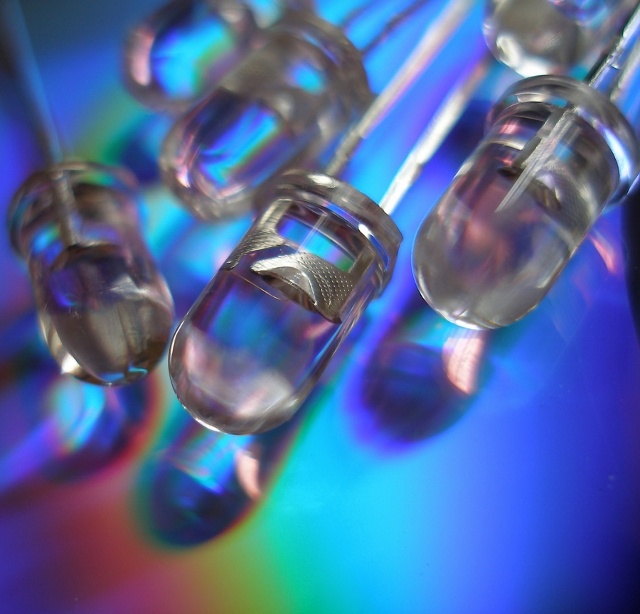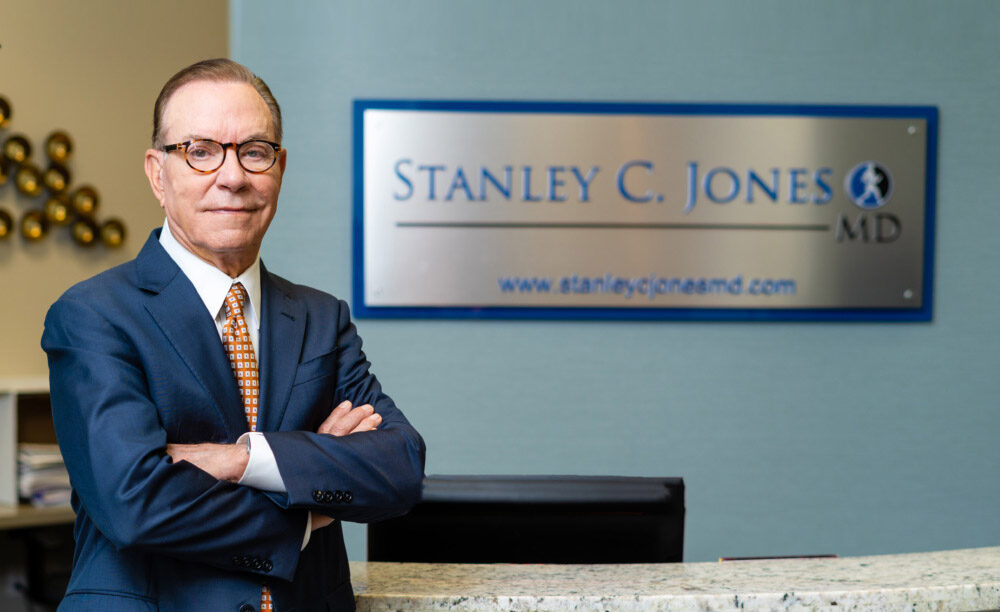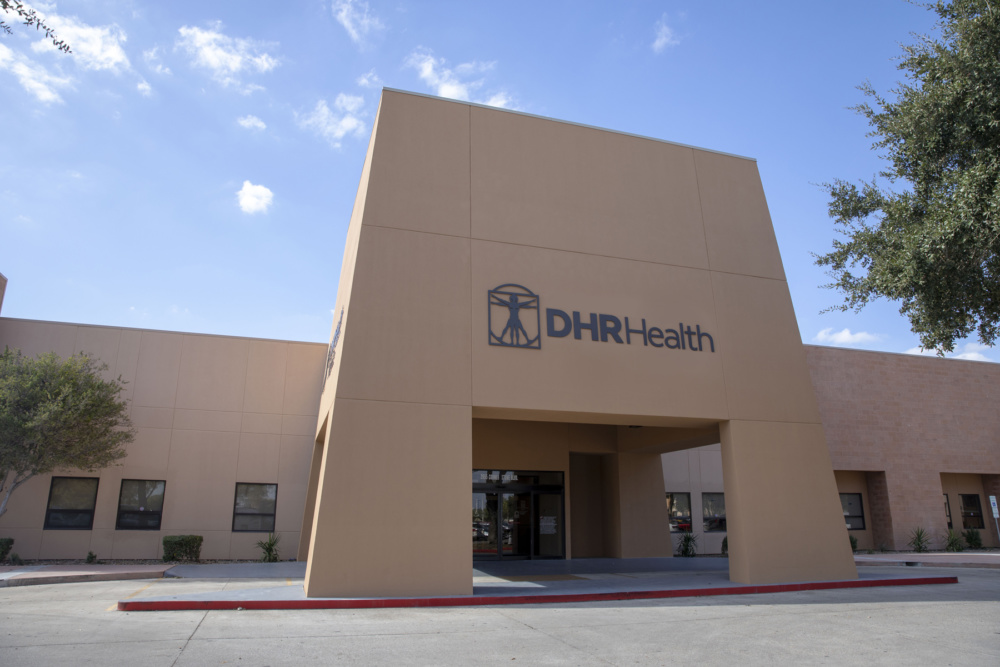I’m referring to light emitting diodes (LEDs) that are now being used in the healing arts to treat conditions like fibromyalgia, dementia, insomnia, retinal injuries, peripheral neuropathy and a number of others.
LED light therapy was used in America decades ago, but it phased out of existence with the advent of antibiotics and other medications. Europe appreciated the value of light therapy and continued its use. Recently, LED lights were brought back to our country, but at first they were only used in the equine industry — for race and quarter horses. LEDs proved valuable in expediting the recovery time of horses’ wounds and broken bones. Seeing the benefits for animals, the horse healers wondered what benefits there were for humans.
LED light therapy is closely related, and quite identical in results, to low-level laser therapy, but instead of using a weak laser, it uses LED light pads that are applied for 10 to 20 minutes to the body.
These pads vary in shape and size to suit straight or flexed joints, large back areas, small local areas and individual points. There are a number of ways LEDs benefit the body. The first is that they increase blood circulation by forming new capillaries, replacing damaged ones. This speeds up the healing process because more oxygen and nutrients can reach the damaged area.
The production of collagen—an essential protein used to repair damaged tissue and replace old tissue—is increased. Collagen is the substance that holds cells together. When more is produced, there is less scar tissue formed at the damaged site. Adenosine triphosphate levels are also increased. This allows cells to accept nutrients and get rid of waste products faster. Other benefits include relief from swelling, stimulated fibroblastic activity and an increase in phagocytosis, amongst many others.
You might wonder what colors of LEDs are being used. Blue light addresses conditions on the surface of the skin, such as psoriasis, eczema, cuts, bruises and surgical incisions. Red light reaches a little deeper, and helps alleviate pain and inflammation in muscles, tendons and joints. Near-infrared lights have been reported to go even deeper to effect organ systems. If light therapy seems bizarre or odd to you, consider hospital nurseries where jaundiced babies are given phototherapy to help eliminate excess bilirubin.
While all of this is important to understand, what really speaks are testimonials. A client of mine with peripheral neuropathy noted improved feeling in her feet after her first session. Another client came in with digestive problems and depression, because of not having had a full night’s sleep in two years. After her first session, she began to sleep better, and after the second session, she reported that her sleep patterns had improved, her depression had lifted, and her digestive issues subsided.

An eye mask with blue and red LEDs has improved my own eye sight. Five years ago, an accident at the gym caused a retinal injury, which led to my having floaters and flashes. The flashes eventually went away, and the floaters decreased but were still there. Though there was still distortion in the center of my eyesight, where a straight line would look like it had a divot in it. After 15 days of using the LED eye mask, the two floaters are hardly detectable, and straight lines now look straight.
Where can one find this type of therapy? It’s often offered by chiropractors, acupuncturists, personal trainers and physicians, as well as physical and massage therapists who lean toward natural remedies. LED light therapy is relatively inexpensive, usually a dollar per minute. So a 20-minute session may cost $20, and most clinics offer discounted packages of sessions. With such a low cost, low risk of side effects and high potential benefit, LED light therapy may be the remedy for your malady.





Recent Comments